கங்கைகொண்ட சோழபுரம்
Also called the Brihadishvarar, this Sivan temple was built a few decades later by Rajendran I, Rajarajan's son and successor, who ruled from 1012 to 1044. Another great Chola temple, it was built to commemorate the grand expedition by Rajendran's 900,000 strong Chola army to conquer the kingdoms along the eastern coast. The Chola forces thrust all the way to the Ganga, defeating every entity that stood between. The victorious generals symbolically brought back the waters of the Ganga in pots and poured them in the tank built for the purpose in Rajendran's brand new capital Gangaikonda Cholapuram. The new capital was built with the temple at its centre. It was set to rival the big temple built by his father Rajarajan at Thanjavur. The Ganga expedition appears to have occurred in 1022. The temple construction likely began in 1025 and was completed by 1030.
The temple is similar to the Big Temple at Thanjavur but is also different in many ways. Here also the 182 feet vimanam dominates the complex. It is substantially shorter in height. However it is the more aesthetically attractive of the two. With more intricate carvings and a finer design, it has a certain alluring feminity in comparison to the masculine edifice that Rajarajan built. The vimanam has an upward pointing concavity while the Thanjavur temple has straighter more angular lines. The lingam is one of the largest in Tamil Nadu. The huge Nandhi made of limestone is from a later era, likely Nayakkan.
In the mid 13th century when Chola power was waning, the Pandians and the Hoysalas, who were allies against the Chola at that time, captured this area and razed the city to the ground. The city was mainly built of brick . Until recently, for a five mile radius around the temple, when rural folk needed bricks for building houses, they dug them up from just below the surface. The temple was spared then. It was plundered by the forces of Malik Kafur and other Islamic forces that followed in the 14th century. Some restorative work was done under Vijayanagar and Nayakkan rule. The temple again suffered major damage under the British. In 1836 brutish British administrators, in spite of fervent pleas from the local population, pulled down the outer walls and used the large granite stones to construct a dam and bridge across the Kollidam or Coleroon nearby. Many valuable sculptures and inscriptions were lost forever. The complex was used as a military depot by the British and no worship occurred for decades.
Today, the temple is preserved by the ASI or Archaeological Survey of India and is inscribed as a UNESCO World Heritage Site and along with Thanjavur and Darasuram belongs to the group known as the Great Living Chola Temples. It is an inactive temple with some nominal religious activity. It is a beautiful temple. It is located about an hour drive or 34 km north of Kumbakonam.
We visited in July 2012. We were based in Thanjavur

Credits: Google Maps
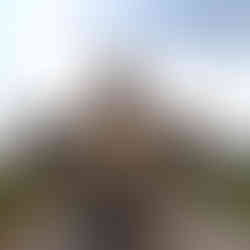


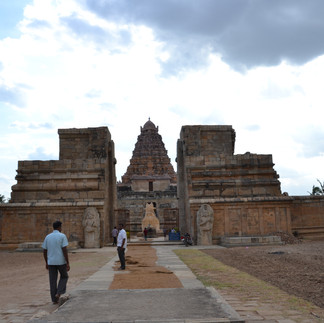





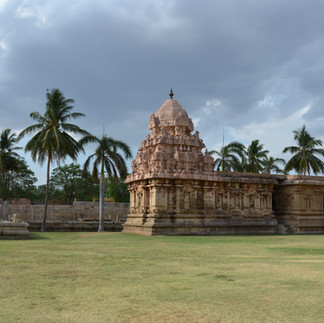






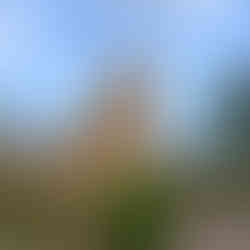






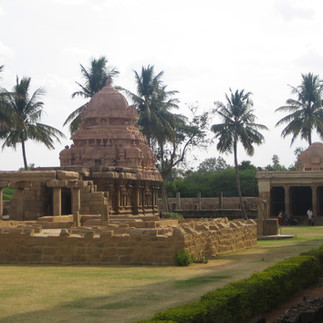
Comments